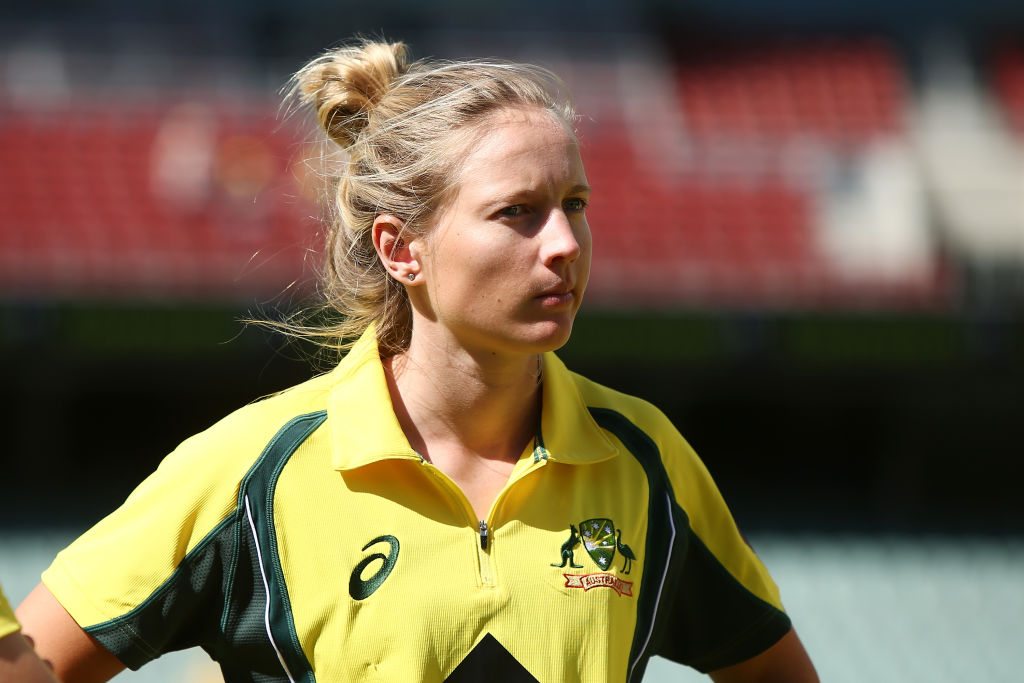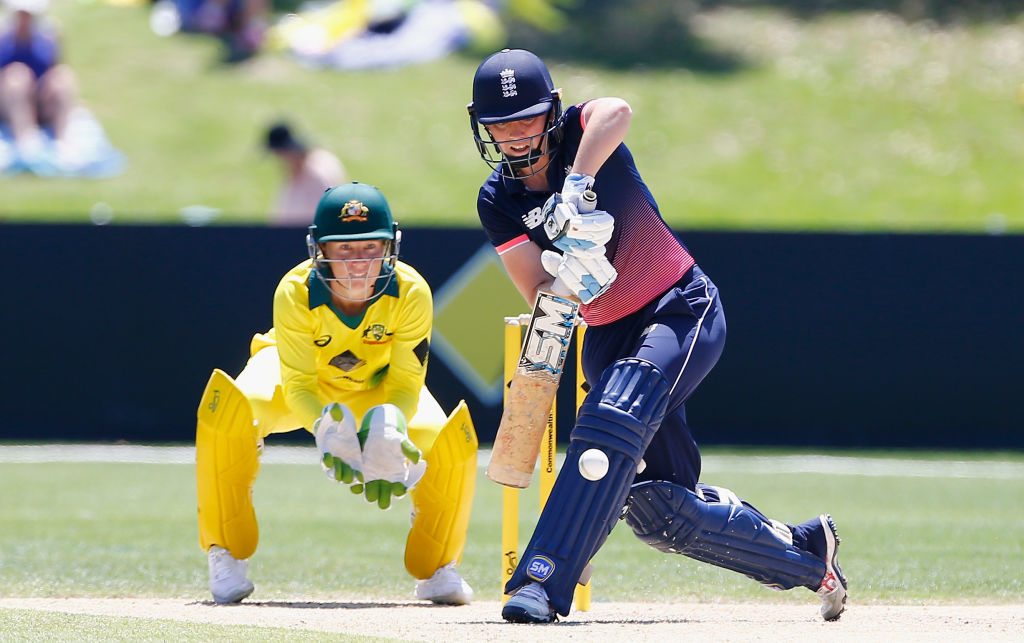

The Australian women’s team will today take on India in a Test match for the first time since 2006.
It’s been 15 long years since Australia beat the Indians by an innings and four runs, led by now-commentator Lisa Sthalekar, who scored 72 with the bat and took 5 for 30 with the ball.
Other legends of Australian cricket including captain Karen Rolton and Alex Blackwell played in that game, and while it was as one-sided as it gets, the fact two of the biggest countries haven’t played a Test in the women’s format in 15 years is embarrassing.
What is potentially even more embarrassing is that Australia haven’t played anyone in a Test match outside of England since that Indian Test in 2006. There have only been three other Tests internationally in that time, all featuring India, with England twice and South Africa the three opponents.

The test is also their first ever day-night game. / AFP PHOTO / Peter PARKS / -- IMAGE RESTRICTED TO EDITORIAL USE - STRICTLY NO COMMERCIAL USE -- (Photo credit should read PETER PARKS/AFP/Getty Images)
But now is the time for change.
The women’s game is picking up pace around the world. The World Cup is expanding, and the short form of the game is booming after a record crowd saw Australia and India clash at the MCG in the last T20 World Cup final, before the onset of COVID.
Afghanistan’s now reported approach to women’s cricket under the Taliban has received global condemnation, and other Tests are in the works, with Australia playing two this summer.
Cricket Australia’s head honchos have talked about using the multi-format series (three one-day matches, three T20 matches and a Test match) against other touring nations in the coming years, while also wanting to play it away from home.
It seems all seven matches scored and part of an overall series, which allows Test matches to carry meaning, even if there is only one of them.
With time though, more Test cricket and a full-blown revolution of women’s cricket will see the longer format become more tenable, and specific series able to be scheduled as the players upskill in the multi-day contest.
But for it to work, for more Test cricket to become a thing, it needs to start at the bottom levels of the pyramid.
Younger players need to be able to develop their skills from the development stages, rather than being thrust into unlimited overs contests at the highest level for the first time.
In men’s cricket, two-day cricket featuring 96-over days in the top grades is part and parcel of premier cricket across all Australian states, while 80-over days filter through lower grades. They play more of that (in non-COVID times), than they do limited overs cricket.
It’s because, in the men’s game, Test cricket is still viewed as the ultimate. There is nothing as special as a baggy green cap, and nothing as difficult as building an innings across the course of the day.
At state level, the Sheffield Shield is still a prestigious competition, and yet, in the women’s game, none of these exist.

Taking New South Wales as an example, multi-day cricket isn’t an option. It’s all one-day and T20 cricket throughout the premier cricket season, and those selected to play state cricket will either play WBBL in the T20 format, or for the New South Wales Breakers in 50-over cricket.
It’s the same situation right around the country as Cricket Australia focuses all development resources on the shorter form of the game, which is where the prestige for women at the highest level currently is.
But it’s time to change that thinking.
The want to play long-form cricket is there. The players speak glowingly of the opportunity to play these matches, and as more money filters into the game, it should become possible for these multi-format series to become the norm, rather than the rarity right around the world.
It will take a step forward by the ICC, and an acknowledgement that the players want this, but there is no reason they can’t mandate Test cricket as part of every tour.
There is no reason they can’t have Test rankings in place for women, as they do for men.
The ICC have made blunders over the years, but to capitalise on the growth of women’s cricket, now is the time to pull the trigger, with the backing of every cricketing country.
The opportunity is staring them in the face - the only question now is whether they will take it.





